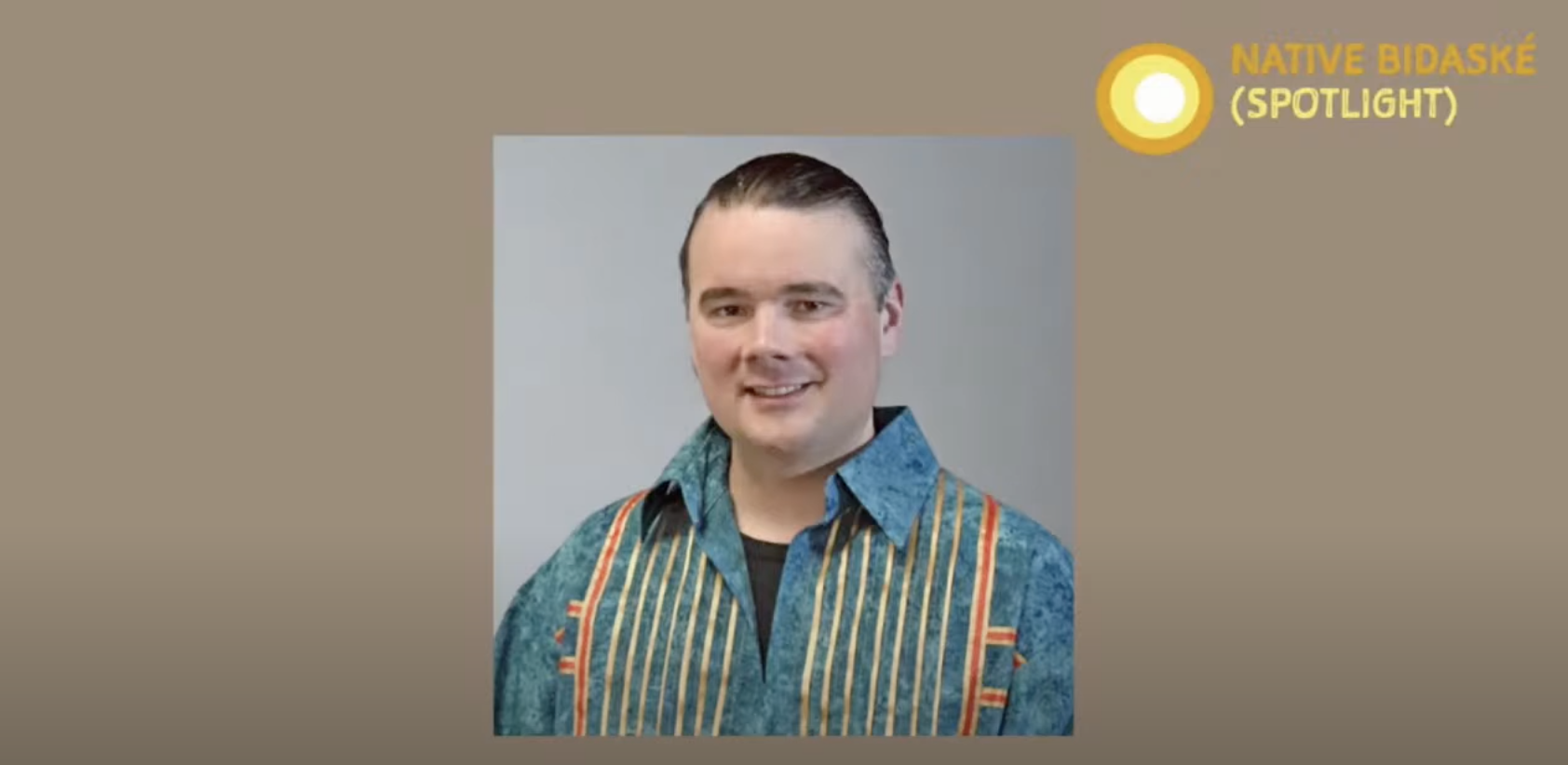
- Details
- By Jenna Kunze
Last Friday, Assistant Secretary of the Interior Bryan Newland (Bay Mills Indian Community) joined Native News Online publisher Levi Rickert (Prairie Band Potawatomi) and senior reporter Jenna Kunze for an episode of Native Bidaske.
The three discussed the Department’s work over the past year to bring truth, justice, and healing to the Indigenous Americans and their descendants who were forced to attend federal Indian boarding schools for over a century and a half.
A year ago this week, the U.S. Department of the Interior (DOI) released Volume 1 of its Federal Indian Boarding School Initiative Investigative Report detailing the history and ongoing legacy of the federal government’s 150-year policy of forcibly assimilating Native American children into white culture by sending them to Indian boarding schools.
Simultaneously to the report’s release, Secretary Deb Haaland launched The Road to Healing tour, a year-long commitment to travel across the country, along with Newland, to hear directly from boarding school survivors and their descendants.
One year and six stops into the initiative, Newland said he’s proud of the work the Department is doing, but it’s also emotionally challenging.
“The United States hasn’t ever had an undertaking like this, so I’m proud of the report that we put out last year and in the work that we’ve been doing,” Newland said. “It’s also tough. I’m there as a representative of the United States federal government, but we are also tribal citizens with our own family and community stories.”
Nweland recounted a woman’s testimony on the Road to Healing tour that stuck with him most about a woman who learned only as an adult that her mother went to boarding school. The discovery led to an understanding of the woman’s fraught relationship with her mother.
“There were other stories like that, but that one sticks out to me because it shows that these boarding schools didn’t just affect the kids who went to the schools, but it also affected their relationships with their kids and their grandkids,” he said. “I think that speaks to why this work is so important…[because] the effects of these boarding schools aren’t relegated to the past, they affect us today.”
While Volume 1 of the report describes a policy and a system that was used to forcibly assimilate people, Newland said it cannot tell the full story of the boarding school era. That’s where the Road to Healing tour comes in.
“It’s important that we, the United States federal government and the federal officials, provide an opportunity for people to hold us accountable as representatives of [the government], and have somebody they can look in the eye and say, ‘This is what was done to me.’”
The Department is currently working on Volume 2 of the report, due out by the end of this year, which will focus on identifying: locations of marked or unmarked burial sites on or near former school sites; names, ages, and tribal affiliations of children interred at such locations; and an estimation of federal dollars spent supporting the Federal Indian boarding school system.
Interior staff is currently working on digitizing thousands of Indian boarding school records held at the American Indian Records Repository and also at National Archives across the country. Newland said that many of the records are old and in delicate condition, so the Interior is working to digitize as many as possible “to make sure that they’re accessible to future generations.”
“That’s something that we’re putting a lot of our energy into as part of this initiative,” Newland said. “It’s not just scanning them; it’s making sure that we’re actually reviewing them, and organizing them, and incorporating our findings into a second volume of the boarding school report that will—along with people’s stories— tell a more complete story about what the schools were."
Watch the full interview here.
More Stories Like This
50 Years of Self-Determination: How a Landmark Act Empowered Tribal Sovereignty and Transformed Federal-Tribal RelationsCherokee Nation Launches Digital Dictionary to Support Language Revitalization
Prairie Band Potawatomi Nation Chairman Addresses Homeland Security Contract
Lancaster County to Recognize Conestoga-Susquehannock Tribe on Massacre Anniversary
How the Gaming Economy Helps Tribes Navigate Shifting Policies
Help us defend tribal sovereignty.
At Native News Online, our mission is rooted in telling the stories that strengthen sovereignty and uplift Indigenous voices — not just at year’s end, but every single day.
Because of your generosity last year, we were able to keep our reporters on the ground in tribal communities, at national gatherings and in the halls of Congress — covering the issues that matter most to Indian Country: sovereignty, culture, education, health and economic opportunity.
That support sustained us through a tough year in 2025. Now, as we look to the year ahead, we need your help right now to ensure warrior journalism remains strong — reporting that defends tribal sovereignty, amplifies Native truth, and holds power accountable.
 The stakes couldn't be higher. Your support keeps Native voices heard, Native stories told and Native sovereignty defended.
The stakes couldn't be higher. Your support keeps Native voices heard, Native stories told and Native sovereignty defended.
Stand with Warrior Journalism today.
Levi Rickert (Potawatomi), Editor & Publisher


